Thunder claps are shock waves created by the rapid expansion of air following the formation of lightning. As it propagates, the shock waves attenuate, reflect and overlap, resulting in the transformation of thunder from a sharp clap to a low rumble.
Lightning and the rumbling sound of thunder have intrigued and enticed humans for centuries. Ancient Greeks believed that thunder was the weapon of Zeus, the Greek god of lightning. According to Scandinavian mythology, Thor was considered to be the god of thunder. In Hindu mythology, Indra is considered the god of heaven and thunder. From ancient times, clearly, thunder has been considered sacred and magical.
Today, with the advancement of science, we’ve figured out exactly what causes thunder and its distinctive layers of sounds.
Now, let’s go ahead and explore the science behind the frightening yet fascinating sound of thunder!
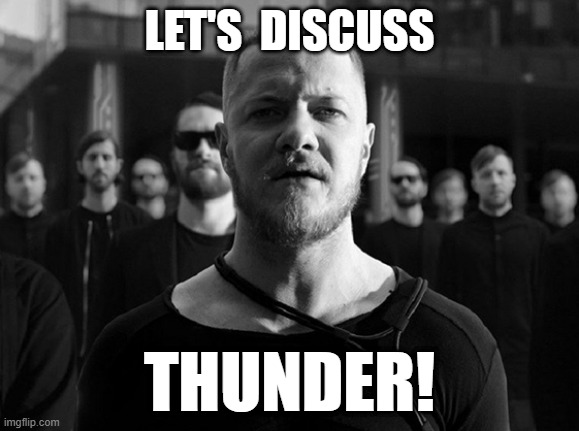
What Causes Thunder?
In simple words, thunder is the sound produced by lightning.
It all begins with a cloud made of water droplets and ice crystals. During a thunderstorm, these ice crystals move around and collide against each other. In the process, they transfer their electrons between one another, resulting in the formation of positively and negatively charged particles.
The storm and wind cause the lighter positive ions to move up and the heavier negative ions to settle down. Thus, the charge in the cloud becomes separated. As these charges build up, the clouds wait for a chance to somehow discharge and neutralize themselves.
Subsequently, when the clouds soar over positively charged ground, the negative charges of the cloud and the positive charges of the ground try to make a connection. When that happens, a sudden drift of electrons occurs through a tiny air channel and BOOM—we witness a flash of lightning!
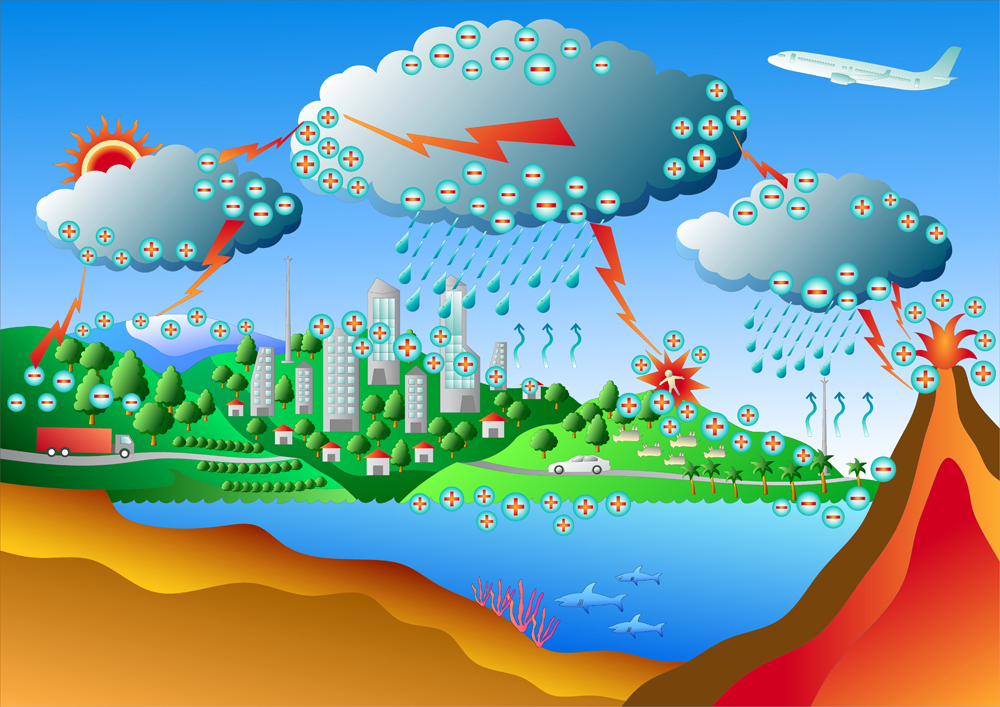
Lightning can happen within a cloud, between two clouds, or between a cloud and the ground. A lightning strike produces an enormous amount of energy in the form of heat and light. This heat is what causes the shocking sound of thunder.
Also Read: Why Do Thunderstorms Occur Later In The Day?
Anatomy Of Thunder
The immense heat released by the lightning superheats the air around it. As a result, the air molecules vibrate vigorously and expand suddenly, sending a shock wave through the air. This abrupt movement of air is perceived by our ear as the crackling sound of thunder.
But that’s not all… if you’ve ever heard thunder, you know that we can’t define it as a distinct sound with a beginning and an end. The resonating sound of thunder is a mixture of different frequencies, making it an unpredictable yet distinguishable melody of nature.
It commences with a loud crack of sound called a thunderclap, which is followed by dampened crackles called thunder booms. These finally die out as a low rumble or a feeble roll.
Also Read: What Are Shock Waves And How Are They Created?
What Is A Thunderclap?
As discussed earlier, lightning produces an immense amount of heat. In fact, a lightning strike can heat the surrounding air to a temperature of 20000-32000oC—almost 5 times hotter than the surface of the sun! As we all know, when air heats up, it expands.
However, when the air heats up to almost 30000 degrees within a fraction of a second, the expansion is similar to an explosion. In fact, it is called explosive expansion and it creates shock waves similar to sonic booms in the atmosphere.
Similarly, when the lightning ceases, the hot air cools down at a rapid rate. This causes a sudden compression of the expanded air, resulting in an implosion. These shock waves created by the abrupt expansion and compression of air is what you hear as the deafening bang called a thunderclap.
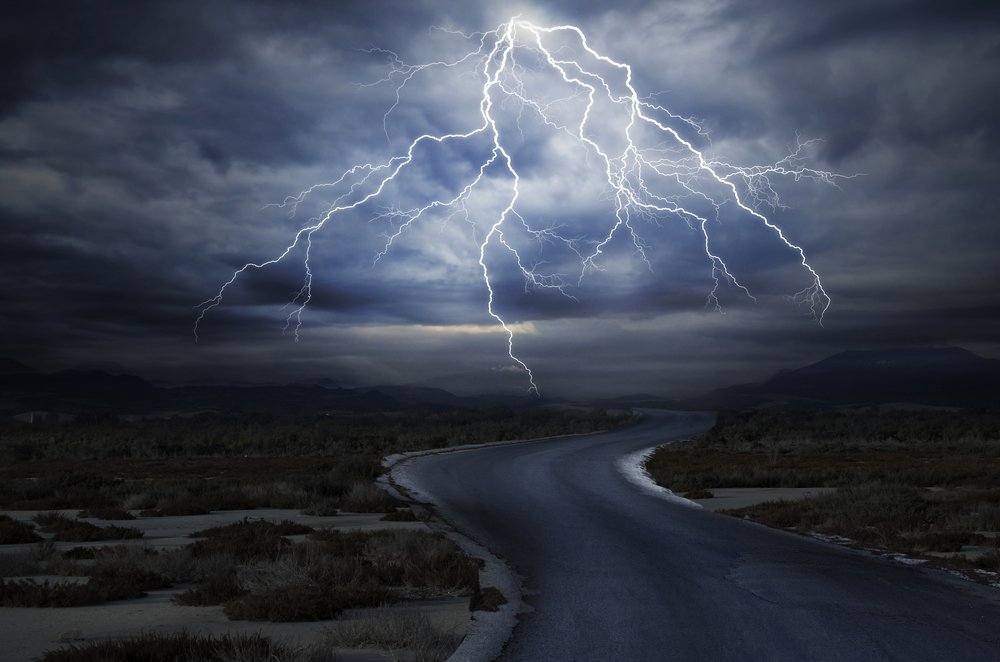
On average, a peal of thunder can be heard up to 16 km from the source of lightning. The closer you are to the lightning, the better your chances are of hearing a thunderclap (and the better your chances of being struck by lightning!)
However, as the distance increases, the clap becomes more muffled, so instead of a sharp crack, you may hear a resonating boom. This sound is called a thunder boom.
Also Read: Are There Lightning Strikes On Other Planets?
Why Does Thunder Rumble?
When you hear the word thunder, the first thing that may come to your mind is a soothing and rumbling sound in the sky.
As the thunderclap propagates through the atmosphere, it can get absorbed, reflected, overlapped, weakened, or muffled depending on the distance and the environment. All these factors transform the thunderclap into a low rumble.
How Lightning Affects The Sound Of Thunder
The zig-zag shape of lightning is one of the reasons behind the rumble. Since sound from different parts of the lightning reach our ears at different times, instead of a sharp crack, we hear more of a continuous sound.
Moreover, a lightning strike is composed of multiple thunderclaps. One study found that, on average, a lightning flash is composed of 3-7 claps occurring within 1-3 seconds. In such cases, the sound from multiple claps can overlap and produce a burst of cracks and rumbles.
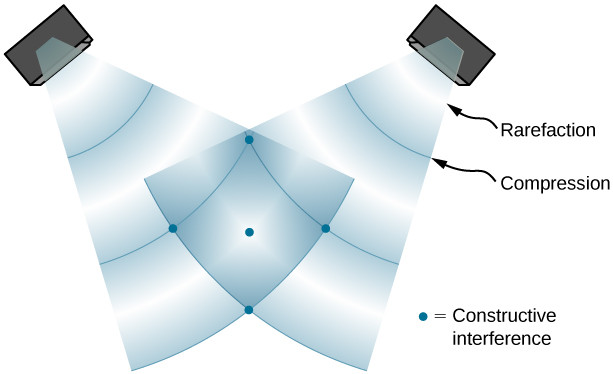
In addition to these factors, the sound of thunder also depends on the power and strength of the lightning and the channel of air through which it flows.
Attenuation Of Thunder
Attenuation is another factor resulting in the low-pitched rumble. A thunderclap consists of a mixture of frequencies from high to low. However, factors like absorption by air and distance propagated will weaken these waves.
Higher frequencies are affected the most by this attenuation. As they propagate, the higher frequencies get stretched out and dissipated. Conversely, the lower frequencies are relatively unaffected. Below a frequency of 100Hz, the attenuation is almost insignificant. Thus, as the sound travels over a large distance, all that falls on our ears are the lower range of frequencies, which is why the rumbles are so low in pitch.
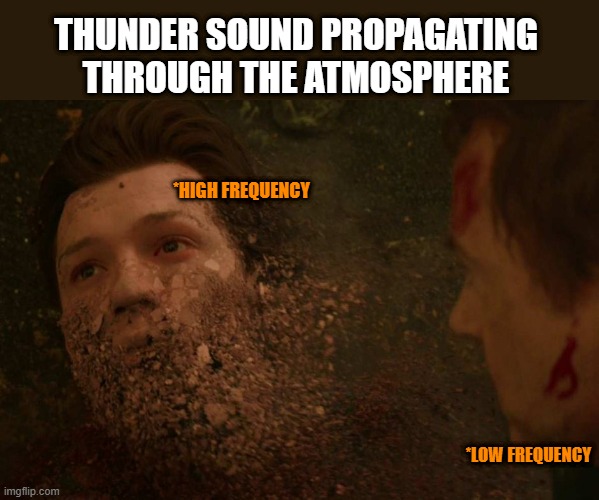
Several factors including temperature, wind strength, turbulence, local topography, and molecular interactions also affect the sound of thunder. For instance, if there are many trees or mountains in the terrain, the sound bounces off and echoes, leading to a more resonant rumble. This is why thunder is so unpredictable. It depends greatly on the state of the environment.
Gradually, even the thunder rumble gets fainter until all you hear is a distant feeble rolling sound. This is called the thunder roll. Due to the effect of attenuation, beyond a distance of 25km from the source, the sound of thunder is rarely heard.
Thus, thunder starts out as a majestic bang and dies out as a faint shuffling murmur.
Also Read: Does The Speed Of Wind Affect How Fast Sound Waves Travel Through It?
Can Thunder Be Used To Measure The Distance Of Lightning?
We all know that light travels faster than sound. This is why you hear the sound of thunder a short while after you see lightning. Light travels at around 299,792,458 meters per second, which means that you see the lightning (almost) instantly as it occurs. Sound, however, takes 3 seconds to cover 1 km, which is why you hear the thunder much later. Let’s see how this helps us calculate the distance of lightning.
The moment you see a flash of lightning, start counting the seconds until you hear the thunder. Since sound takes 3 seconds to cover one kilometer, dividing the total time by 3 gives us the distance the sound has traveled.
 ,
,  ,
,  and so on.
and so on.
For example, if you hear the thunder 6 seconds after you see the lightning. the total distance traveled by the sound is 6/3 =2, which means that the lightning occurred 2 km away from you. It also means that it’s time for you to take shelter and stay safe. As the saying goes, “When the Thunder Roars, Go Indoors!”
Conclusion
So far, we have discussed the patterns of thunder created by a single lightning strike, but in the event of a massive thunderstorm, these phenomena happen on a much larger scale.

During a thunderstorm, a large number of clouds get discharged, which produces a large number of lightning bolts, sending out numerous bursts of thunder. All of these waves interact with each other, creating a captivating symphony of claps, cracks, booms, and rolls for your aural entertainment!
How well do you understand the article above!

References (click to expand)
- (2022) Audible thunder characteristic and the relation between peak .... The Indian Academy of Sciences, Bangalore
- Ndihokubwayo, K., & Nkundabakura, P. (2019, April 16). Lightning Myths versus Science Facts: Traditional Beliefs on Thunderstorm among Rwandans. AFRREV IJAH: An International Journal of Arts and Humanities. African Journals Online (AJOL).
- characteristics of thunder and relationships to lightning .... The New Mexico Institute of Mining and Technology
- NWS JetStream - The Sound of Thunder. The National Weather Service
